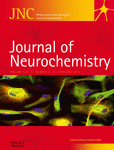Journal list menu
Export Citations
Download PDFs
Issue Cover
Issue Cover (February 2015)
- First Published: 12 February 2015
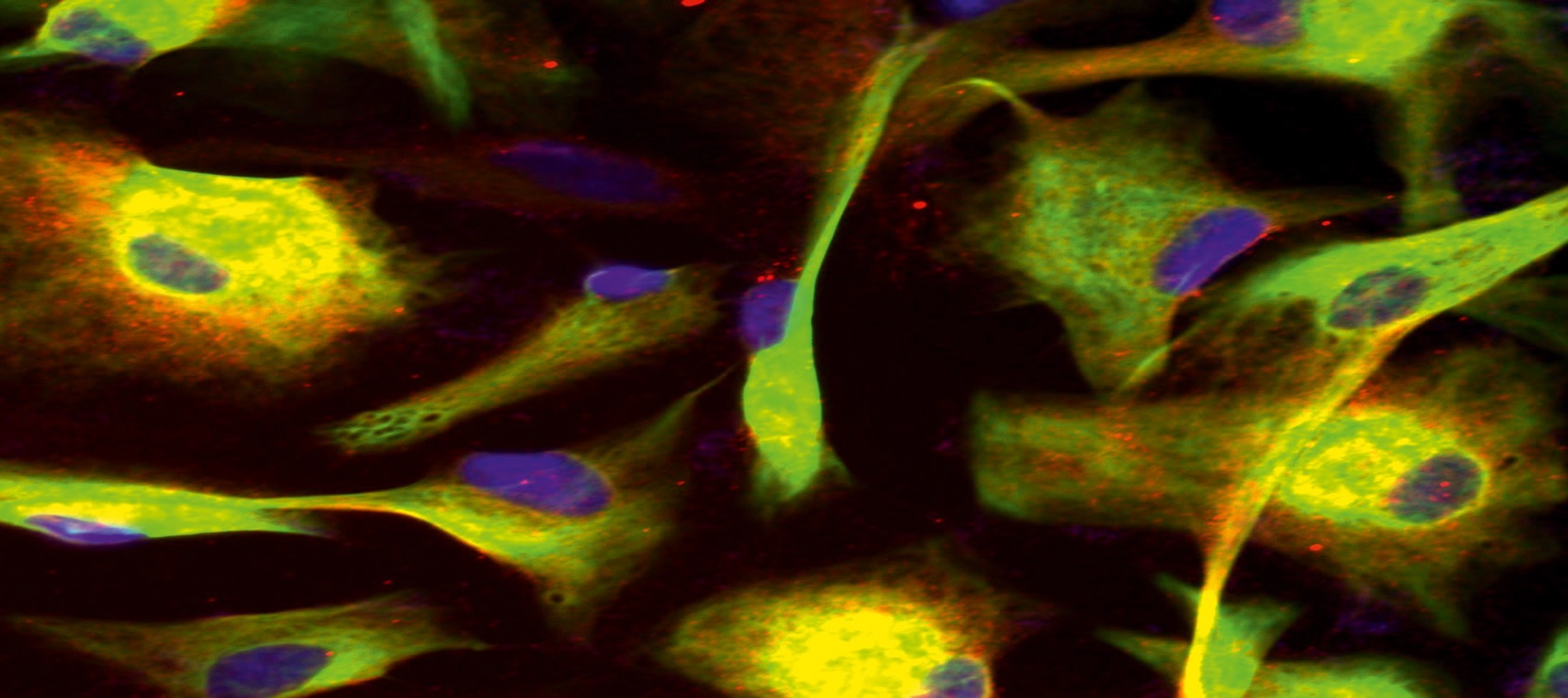
Front cover: The image depicts double immunofluorescence staining of P2X7 receptor (Red) with GFAP (Green) in mature astrocytes differentiated from human fetal brain derived neural precursor cells. Cell nucleus was stained with DAPI (blue). J. Neurochem. 2015, vol. 132 (4), pp. 464–476.
Read the full article on doi: 10.1111/jnc.12953
Issue Information
IN THIS ISSUE
NEWS AND ISN
EDITORIAL HIGHLIGHT
TNFα in cerebral ischemia: another stroke against you?
- Pages: 369-372
- First Published: 05 February 2015
Read the full article ‘Rapid mitochondrial dysfunction mediates TNF-alpha-induced neurotoxicity' on page 443.
ORIGINAL ARTICLES
Gene Regulation & Genetics
Hypoxia interferes with aryl hydrocarbon receptor pathway in hCMEC/D3 human cerebral microvascular endothelial cells
- Pages: 373-383
- First Published: 18 October 2014

We studied the putative crosstalk of AhR and hypoxia pathways in hCMEC/D3 human cerebral microvascular endothelial cells. While hypoxia decreased the expression of the two AhR target genes CYP1A1 and CYP1B1, AhR activation results in no change in hypoxia target gene expression. This is the first sign of AhR and hypoxia pathway crosstalk in an in vitro model of the human cerebral endothelium.
Transcription factors Sox10 and Sox2 functionally interact with positive transcription elongation factor b in Schwann cells
- Pages: 384-393
- First Published: 18 December 2014
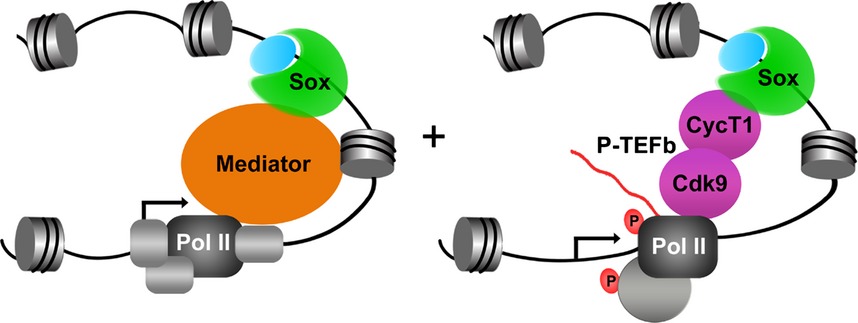
Sox transcription factors are important regulators of nervous system development. While they are known to regulate transcription by recruiting and stabilizing the RNA polymerase II preinitiation complex directly or with help of the Mediator complex, this study provides evidence that Sox10 and Sox2 additionally influence transcription in glial cells at the elongation stage by recruiting P-TEFb. Cdk9, cyclin-dependent kinase 9; P-TEFb, positive transcription elongation factor b; Pol II, RNA polymerase II; Sox, Sox2 or Sox10 protein.
Signal Transduction & Synaptic Transmission
Elevated spinal monoamine neurotransmitters after antenatal hypoxia–ischemia in rabbit cerebral palsy model
- Pages: 394-402
- First Published: 25 November 2014
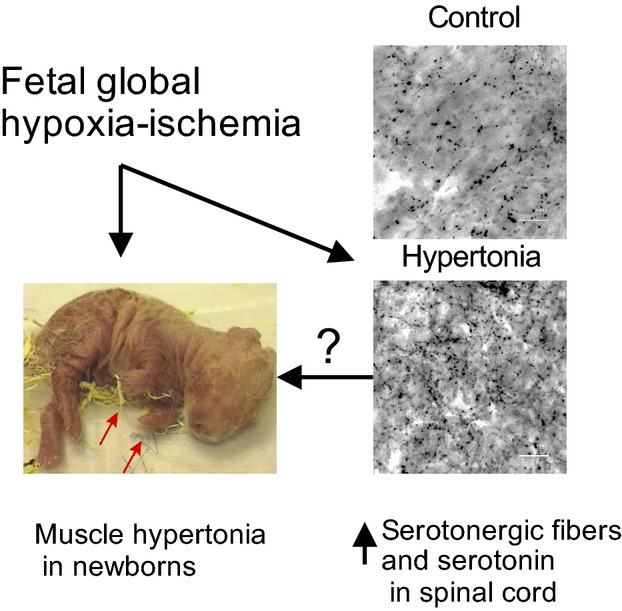
Following prenatal hypoxia–ischemia, newborn rabbits exhibit elevated levels of serotonin in the spinal cord that were linked to muscle hypertonia. Serotonergic terminal density was also increased in hypertonic newborns’ spinal cord. Intrathecal administration of the non-selective serotonin receptor inhibitor methysergide decreased muscle tone in hypertonic newborns only. Elevated spinal serotonin thus suggests a novel pathophysiological mechanism of hypertonia in cerebral palsy.
Susceptibility to excitotoxicity in aged hippocampal cultures and neuroprotection by non-steroidal anti-inflammatory drugs: role of mitochondrial calcium
- Pages: 403-417
- First Published: 09 December 2014

Rat hippocampal neurons aged in culture were used to investigate mechanisms of age-related susceptibility to excitotoxicity and neuroprotection by non-steroidal anti-inflammatory drugs (NSAIDs). Old neurons display enhanced resting calcium and responses to NMDA along with increased expression of NMDA receptor subunits NR1 and NR2A altogether favoring mitochondrial calcium overload. NSAIDs protect neurons against excitotoxicity acting on mitochondrial calcium uptake. NMDA, N methyl d-aspartate.
Brain Development & Cell Differentiation
Identification of the role of bone morphogenetic protein (BMP) and transforming growth factor-β (TGF-β) signaling in the trajectory of serotonergic differentiation in a rapid assay in mouse embryonic stem cells in vitro
- Pages: 418-428
- First Published: 25 November 2014
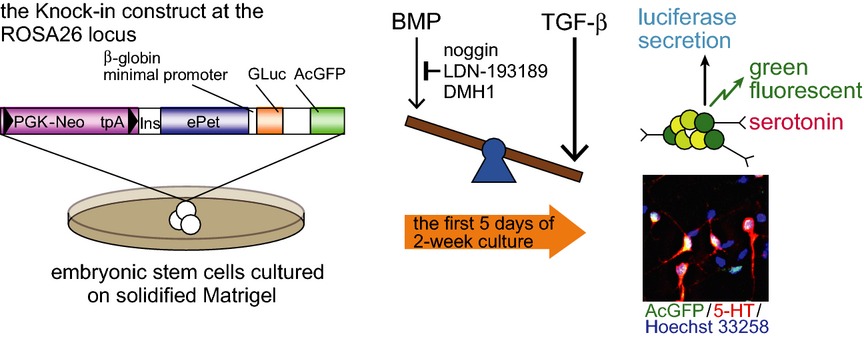
Candidate-based screening for serotonergic induction using a rapid assay in mouse embryonic stem cells revealed that the bone morphogenetic protein (BMP) type I receptor kinase inhibitors selectively induce serotonergic differentiation, whereas the TGF-β receptor inhibitor SB-431542 inhibits the differentiation. These results suggest that inhibition of BMP type I receptors and concomitant activation of transforming growth factor-β (TGF-β) receptor signaling are involved in the early trajectory of serotonergic differentiation.
CB1-receptor knockout neonatal mice are protected against ethanol-induced impairments of DNMT1, DNMT3A, and DNA methylation
- Pages: 429-442
- First Published: 08 December 2014
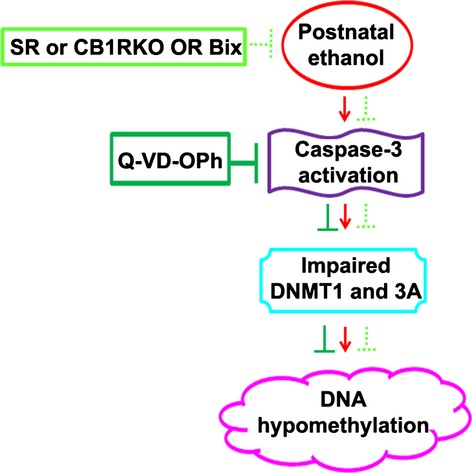
Schematic mechanism of action by which ethanol impairs DNA methylation. Studies have demonstrated that ethanol has the capacity to bring epigenetic changes to contribute to the development of fetal alcohol spectrum disorder (FASD). However, the mechanisms are not well studied. P7 ethanol induces the activation of caspase 3 and impairs DNA methylation through reduced DNA methyltransferases (DNMT1 and DNMT3A) proteins (→). The inhibition or genetic ablation of cannabinoid receptor type-1 or inhibition of histone methyltransferase (G9a) by Bix (-----) or inhibition of caspase 3 activation by Q- quinoline-Val-Asp(Ome)-CH2-O-phenoxy (Q-VD-OPh) ( ) rescue loss of DNMT1, DNMT3A as well as DNA methylation. Hence, the putative DNMT1/DNMT3A/DNA methylation mechanism may have a potential regulatory role in FASD.
) rescue loss of DNMT1, DNMT3A as well as DNA methylation. Hence, the putative DNMT1/DNMT3A/DNA methylation mechanism may have a potential regulatory role in FASD.
Neuroinflammation & Neuroimmunology
Rapid mitochondrial dysfunction mediates TNF-alpha-induced neurotoxicity
- Pages: 443-451
- First Published: 09 December 2014
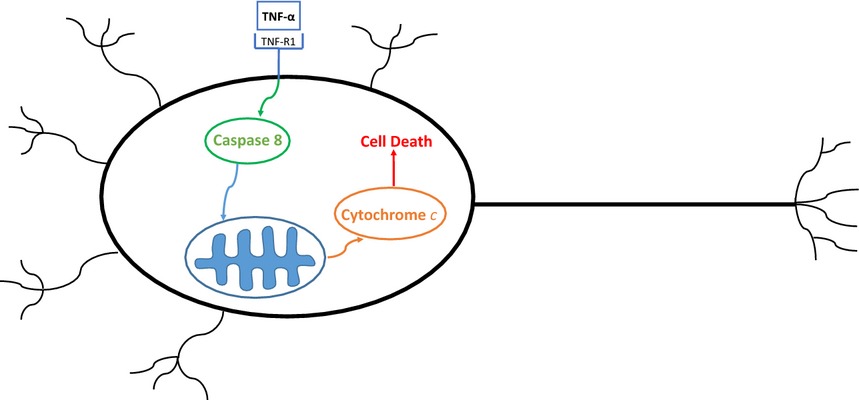
This study focuses on the neurotoxic mechanism of a pro-inflammatory cytokine, tumor necrosis factor alpha (TNF-α). We demonstrate a prompt mitochondrial dysfunction followed by nerve cell loss after exposure to TNF-α. These studies may provide evidence that the immune system can rapidly and adversely affect brain function and that TNF-α signaling may be a target for neuroprotection.
Read the Editorial Highlight for this article on page 369.
THIS ARTICLE HAS BEEN RETRACTED
Retracted: CXCL12/CXCR4 chemokine signaling in spinal glia induces pain hypersensitivity through MAPKs-mediated neuroinflammation in bone cancer rats
- Pages: 452-463
- First Published: 13 November 2014

Following tumor cell inoculation, chemokine CXCL12 from astrocytes spreads around the spinal environment, resulting in functional activation of CXCR4-expressing astrocytes and microglia. Once glia are activated, they may initiate MAPK (mitogen-activated protein kinase) pathways, and subsequently produce proinflammatory cytokines and chemokines. Among them, CXCL12 could reinforce the astrocytic and microglial activation in autocrine and paracrine manners. Such positive feedback loops sustain perseverant neuroinflammation, facilitate glial activation, and finally lead to bone cancer pain. IL = interleukin; TNF = tumor necrosis factor.
ORIGINAL ARTICLES
Molecular Basis of Disease
Astrocytes mediate HIV-1 Tat-induced neuronal damage via ligand-gated ion channel P2X7R
- Pages: 464-476
- First Published: 01 October 2014
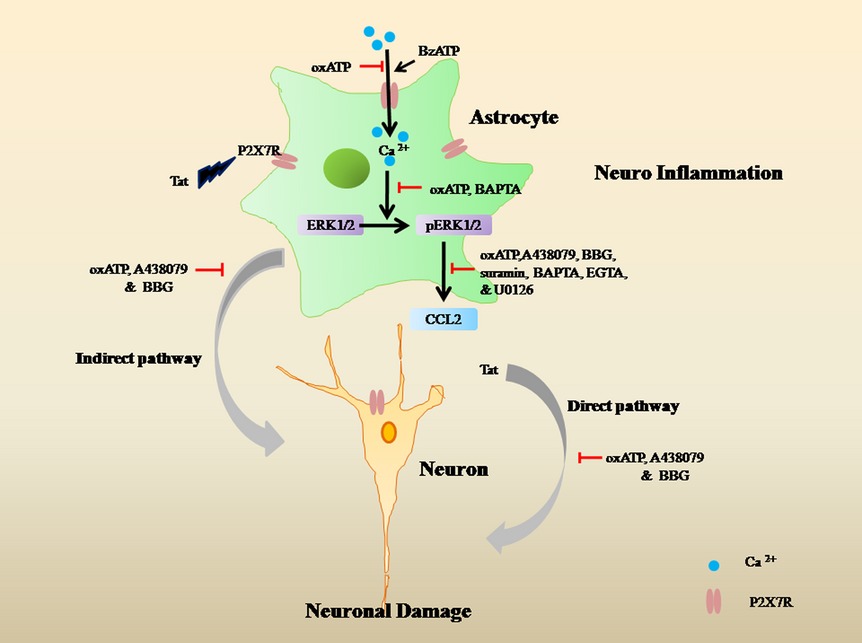
We investigated the role of P2X7R in Tat-mediated neuroinflammation and neuronal damage. We proposed the following cascade for Tat-mediated CCL2 release from astrocytes: Tat mediates increase in P2X7R expression, which on activation evokes increase in intracellular calcium, which further leads to phosphorylation of ERK1/2 followed by the release of CCL2 from astrocytes. Tat also leads to direct and indirect (mediated via astrocytes) neuronal death that can be abrogated by inhibiting P2X7R. We believe that these finding should provide new insights into the role of astrocytes in HIV-1 Tat-mediated neurotoxicity.
Cover Image for this issue: doi: 10.1111/jnc.12860.
Revisiting the peripheral sink hypothesis: inhibiting BACE1 activity in the periphery does not alter β-amyloid levels in the CNS
- Pages: 477-486
- First Published: 25 August 2014
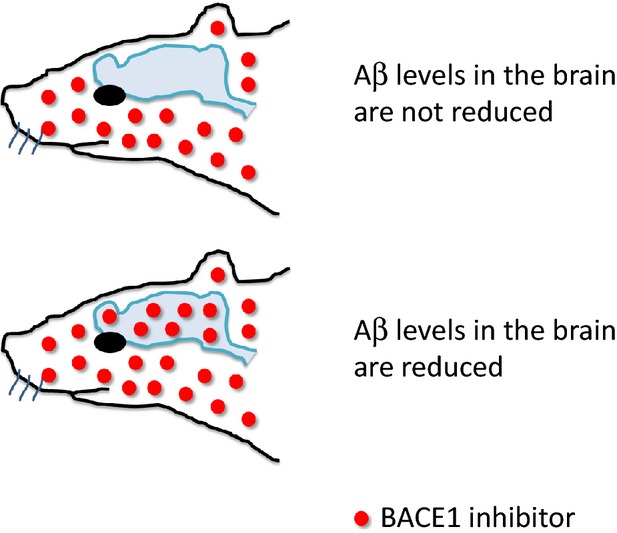
Aggregation of amyloid beta (Aβ) peptides in the brain is a central aspect of Alzheimer's disease. In this study, we demonstrate that inhibition of Aβ formation by BACE1 inhibitors needs to be carried out in the brain and that reduction of Aβ in the periphery is not sufficient to reduce brain Aβ levels. This information is useful for developing future Aβ-targeting therapies for Alzheimer's disease.




